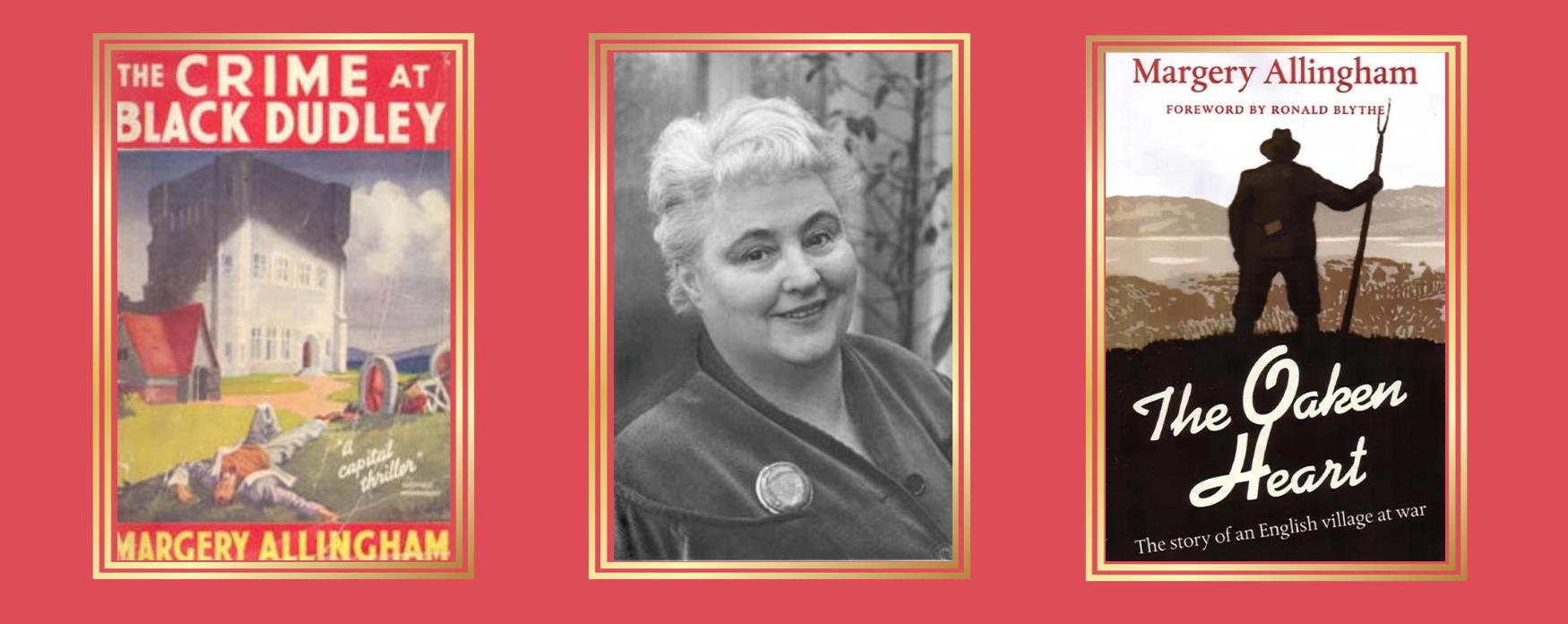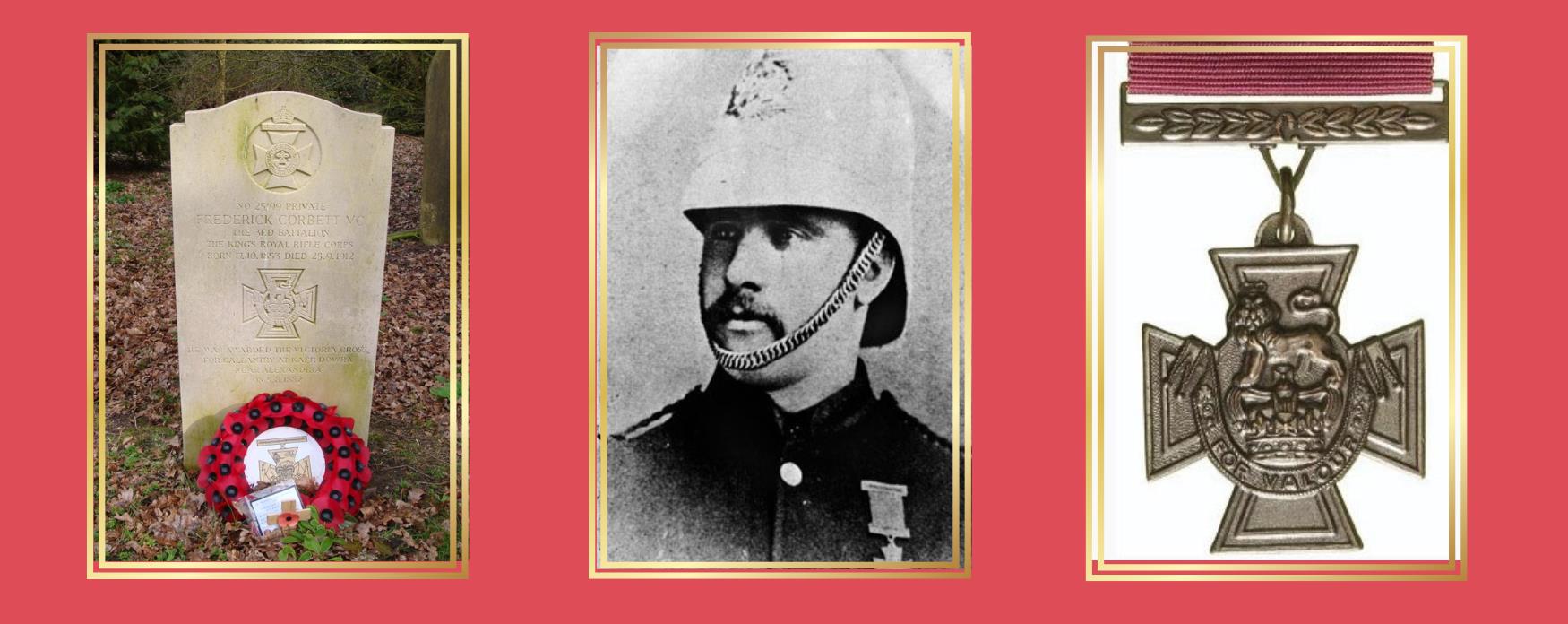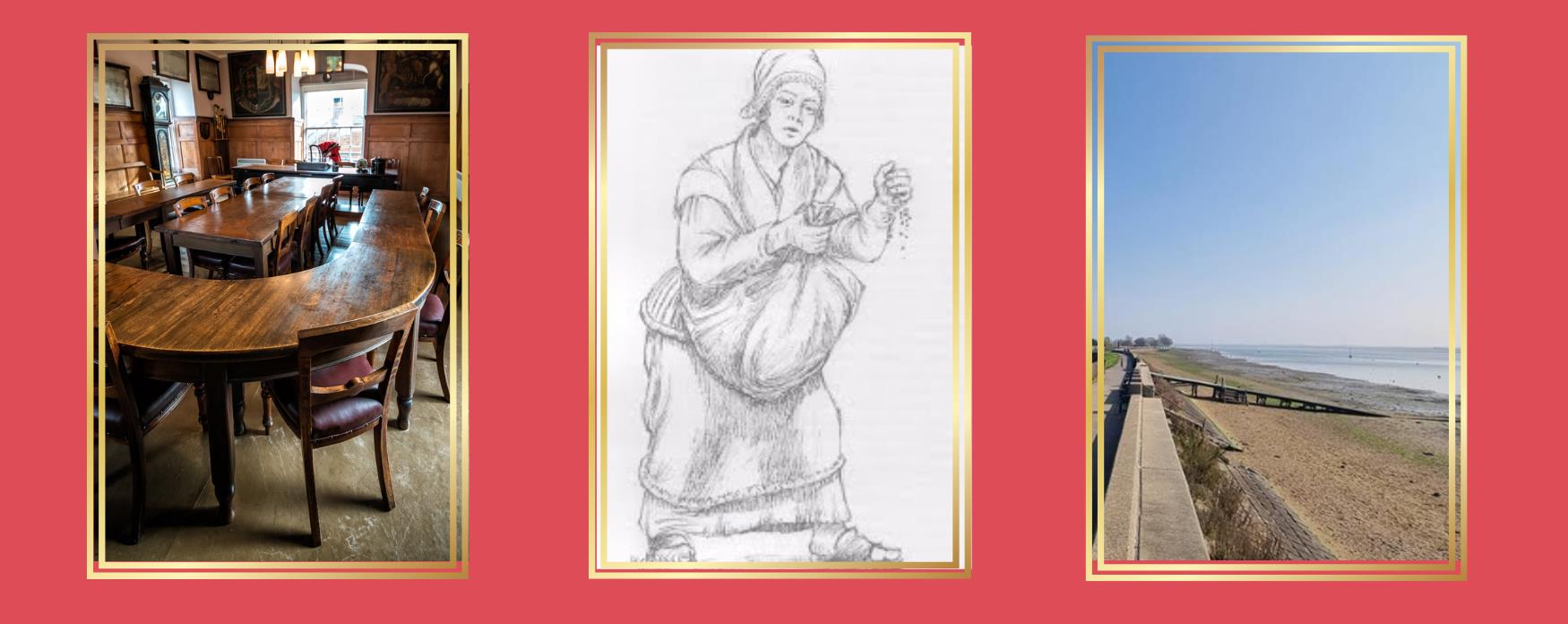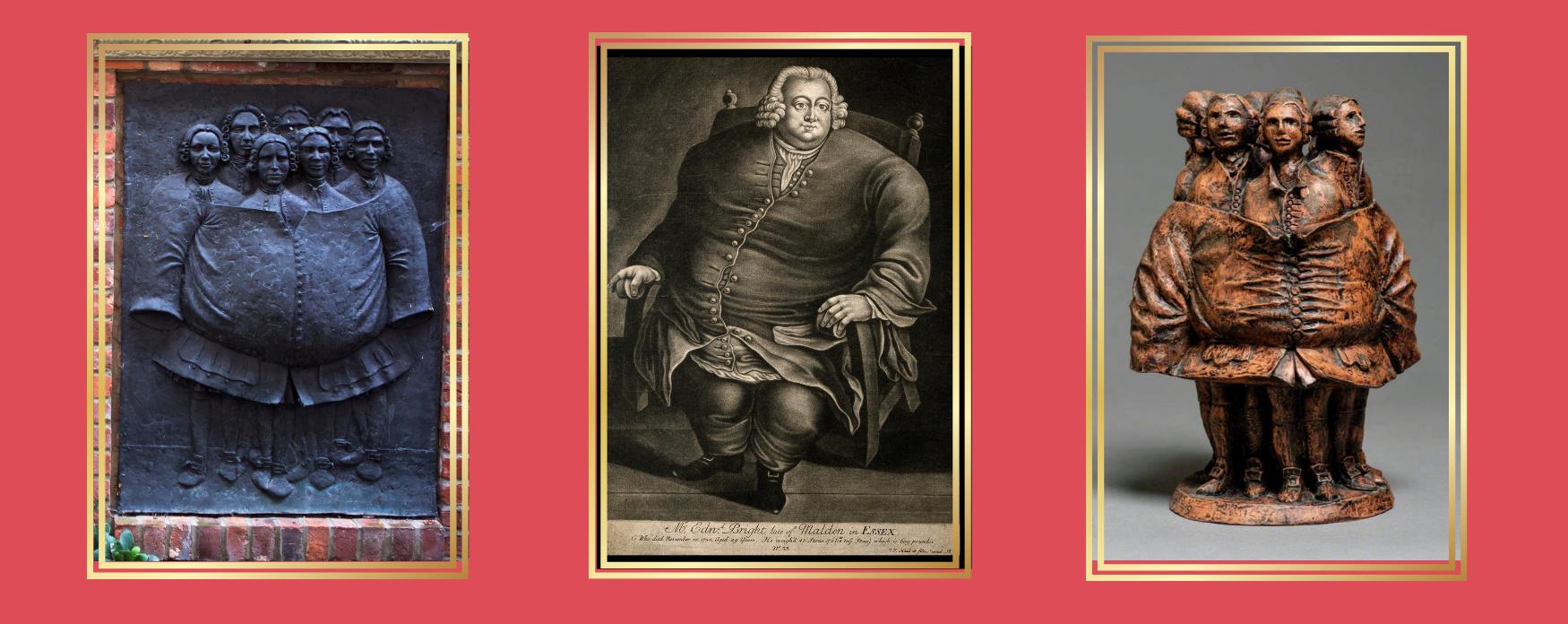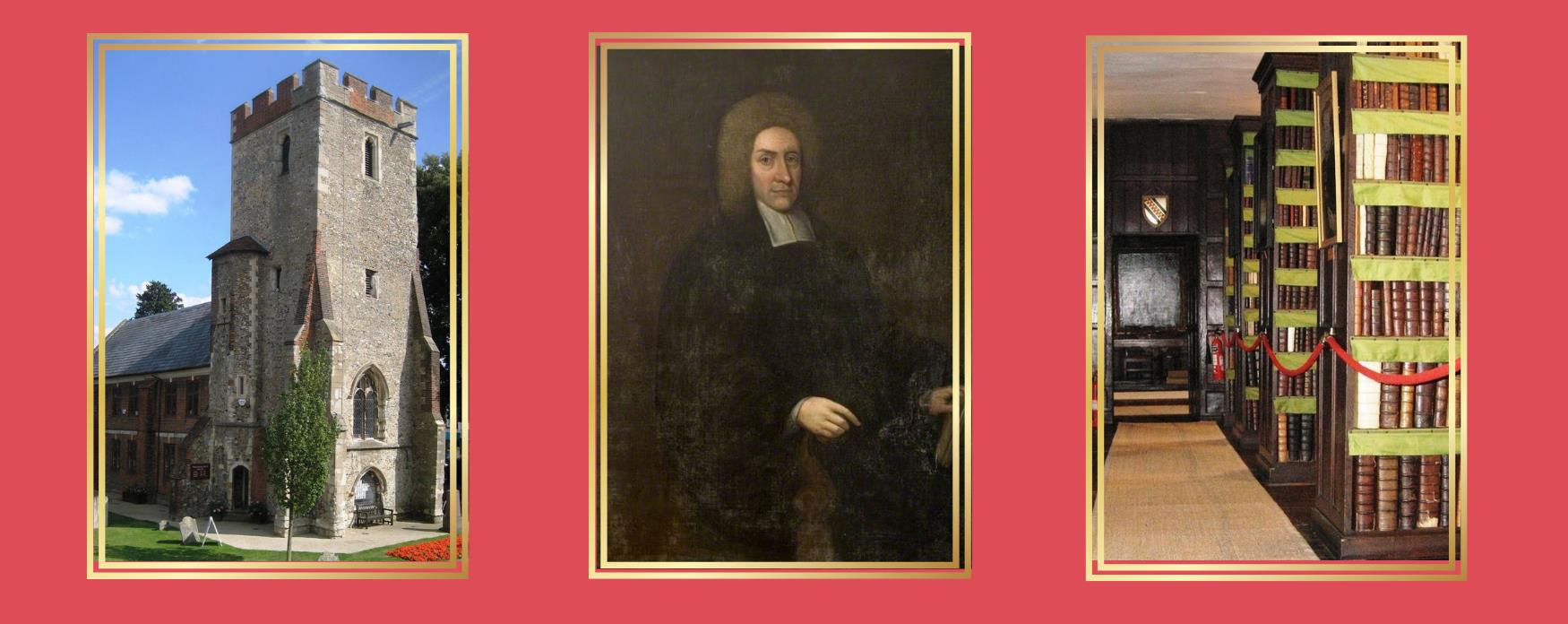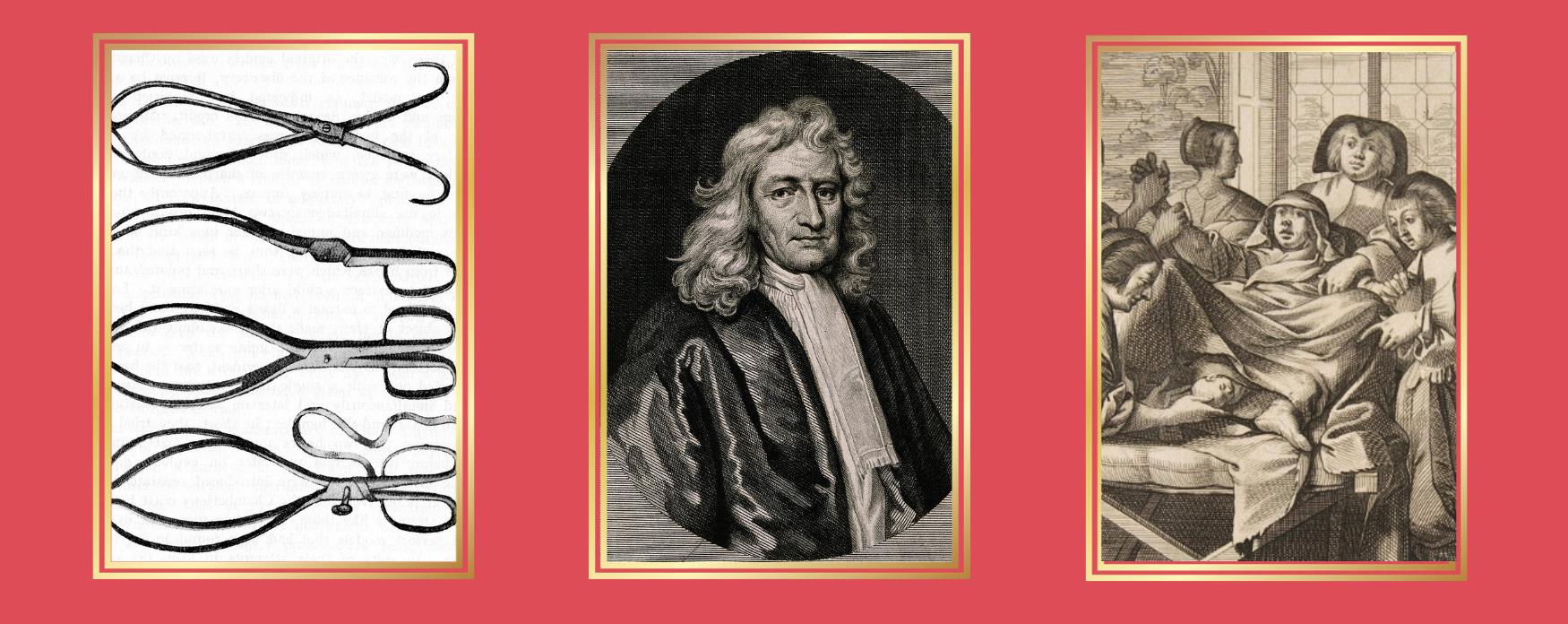Edward Bright
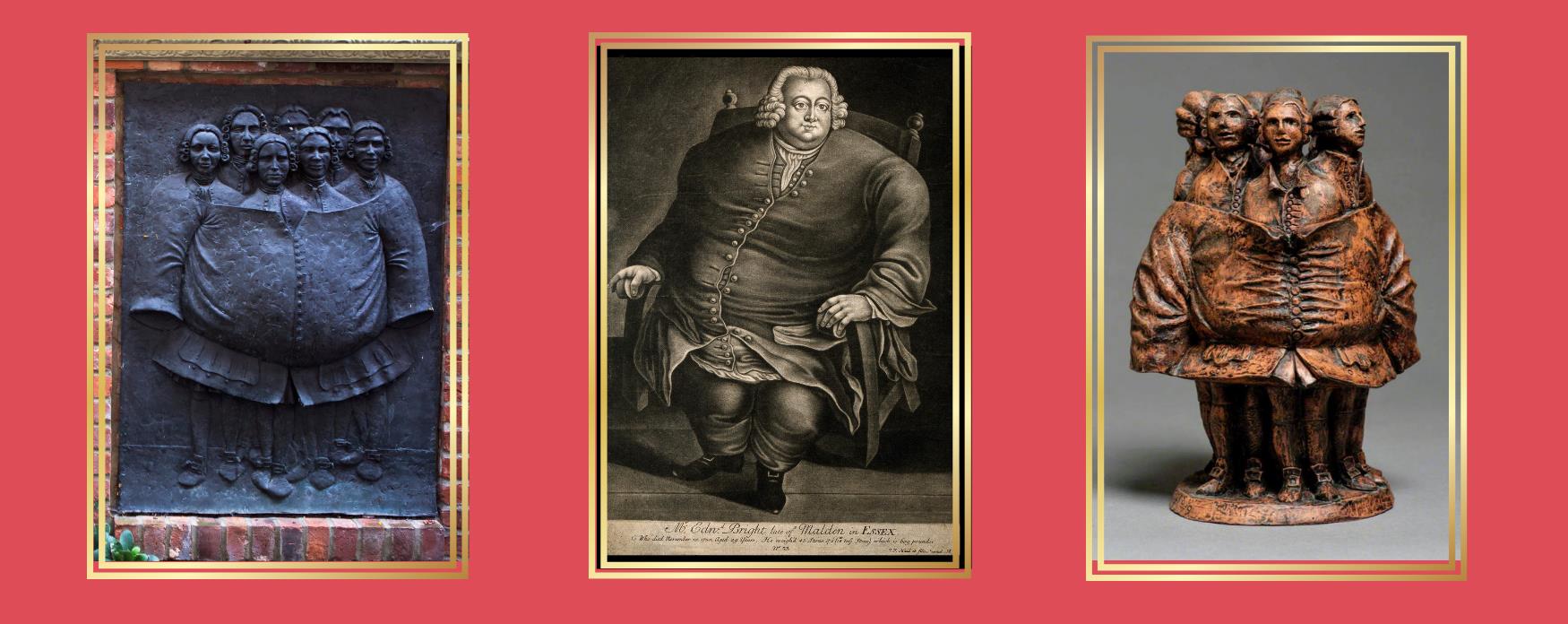
Edward Bright
A larger than life character…
One of the most enduringly famous Maldonians is Edward Bright (1721–1750), historically known as The Fat Man of Maldon – a much-loved grocer and family man who gained unexpected fame in his short life thanks to his great stature.
At the time of his death, aged 29, Edward was believed to be the heaviest man in Britain, with his weight estimated at around 57.5 stone (302kg). He was a thoroughly average 5ft 9in tall, but the measurement around his chest was 5ft 6in and around his stomach was an incredible 6ft 11in.
Despite his size, Edward led an active life until the last couple of years of his life. He is thought to have worked as a post boy as a young lad, riding daily to Chelmsford, then was apprenticed to Maldon grocer Joseph Pattison at the age of 12 (when he was already almost adult in size, weighing in at over 10 stone). At the age of 13, he was one of the people called to be witness to the Will of the Revered Joseph Billio, another famous Maldonian – a fact that shows his good character and standing in the community.
Court records show that Bright was discharged from his apprenticeship at the end of seven years, but as his skill and knowledge had grown so had his waistline – evidently by the age of 19 he was a sturdy 24 stone. As he left his apprenticeship to forge his own business, not only did he become a Freeman of the Borough of Maldon, but he also married his wife Mary, who went on to have six children, although only three survived to adulthood.
Bright had his grocery store and his married home in the building which is now 57 and 59 High Street (Kate Lifestyle nail salon and its neighbour) between Timpson and Coes – look out for the blue heritage plaque. He also had a candle-making factory near the top of Market Hill, where the Town Hall now stands.
At the age of just 29, Edward fell ill with what was called Miliary Fever – an old-fashioned medical term that referred to an infectious disease with a high-temperature and a rash (possibly scarlet fever or typhoid). By this time, his weight had more than doubled from a few years before, weakening his constitution. Contemporary reports state that during his final two weeks of illness, “his corpulence so everpower’d his strength that his life was a burden and his death a deliverance”.
After he died in the upstairs rooms above his shop, his size and weight provided a logistical challenge, and eventually a wall and staircase had to be knocked down to enable his coffin, 3ft 6in wide and 3ft 2in deep to be transported to All Saints Church on a carriage. Inside the church, the coffin was transported on rollers, rather than carried by pallbearers, and a pulley arrangement was used to safely inter it in a vault near the tower arch.
His burial record notes: “He was a very honest tradesman, a facetious [witty] companion, comely [handsome] in his person, affable in his temper, a tender father and valuable friend.” As you look around Maldon today you can find many references to this upstanding citizen, including his tomb in All Saints Church, the blue plaque on his home and his name immortalised in Brights Walk and Edward Bright Close.
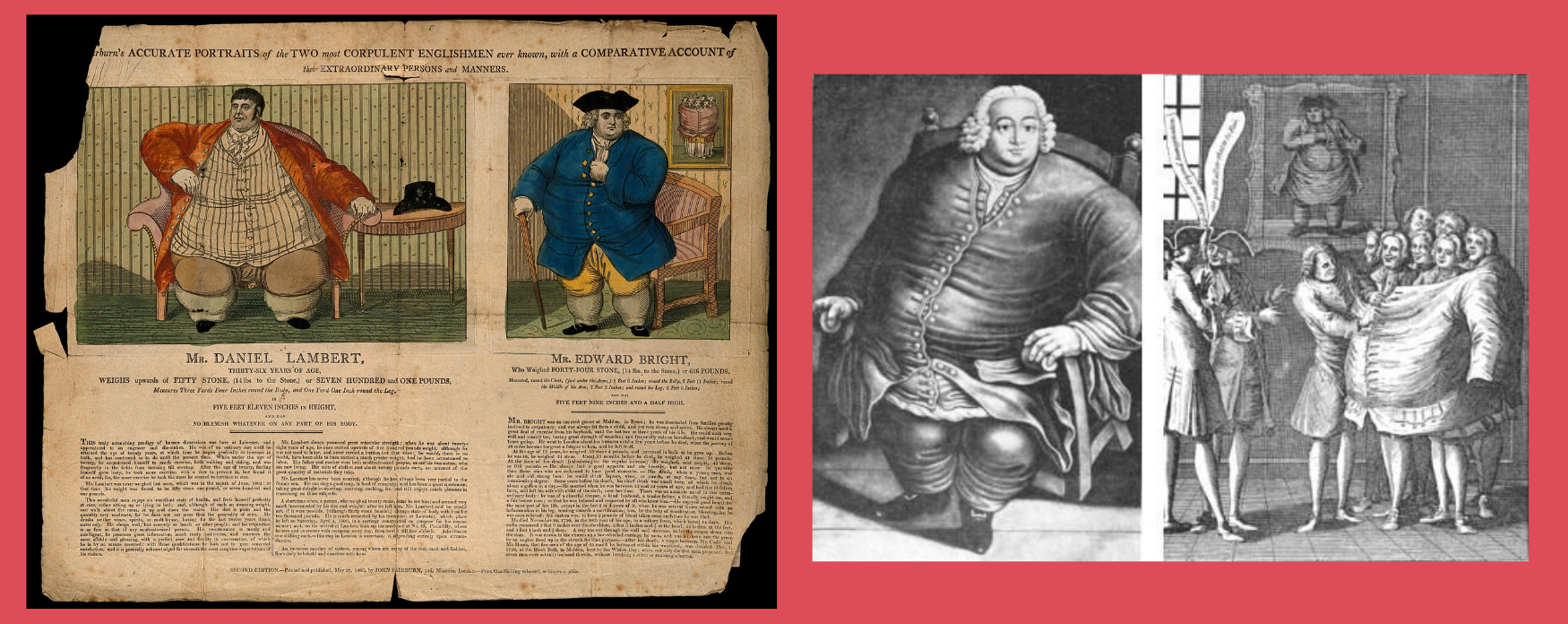
You can also see the bronze statue that stands on the wall behind 38 High Street, created by well-known local artist and sculptor Catharni Stern. Rather than showing Bright himself, the sculpture recalls an incident not long after his death, when seven local men were buttoned inside his old waistcoat as part of a wager. The story goes that a man in a local pub tempted a gambler to bet that 700 men wouldn’t fit inside the jacket – well seven Hundred men (ie residents of the Dengie Hundred) did exactly that, and the gambler lost his bet. The following year, a second wager, over a ham and some wine, was settled when nine men, including Edward’s old boss Joseph Pattison, were successfully buttoned inside. You can see a full-size replica of the jacket at Maldon Museum, as well as a completely three-dimensional version of the artwork.
Bright’s son Ned (Edward) is also commemorated by a blue plaque, this one on the side of Mrs Salisbury’s tea room. He carried on the family grocery and candle-making business, as well as making Maldon salt, and became a prominent local politician, elected Mayor in 1837. One of his greatest accomplishments was setting up Maldon’s first bathing facility at the Promenade Park, off the sea wall. You can find the tomb of Ned’s son, also named Edward Bright, in the grounds of St Peter’s Church, which houses the Maeldune Centre, where the original Edward Bright is immortalised in the Maldon Embroidery. And if you are passing West Square and see Bright & Sons Solicitors – well the founder Frederick Bright was his great, great, grandson, and his descendants still serve the people of Maldon through that family business.

